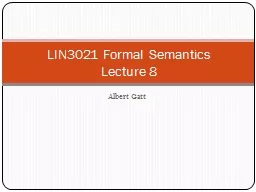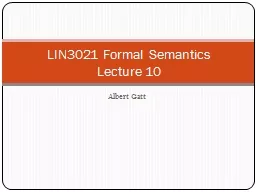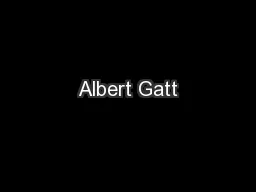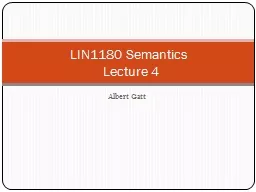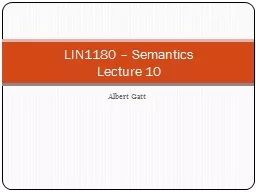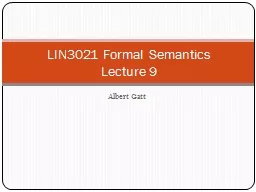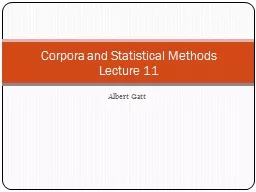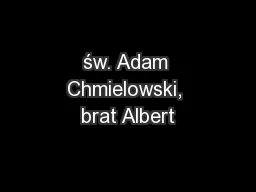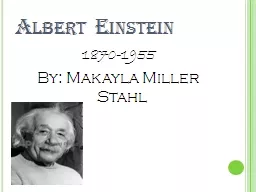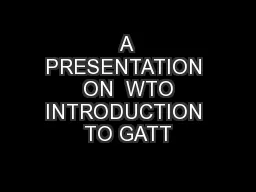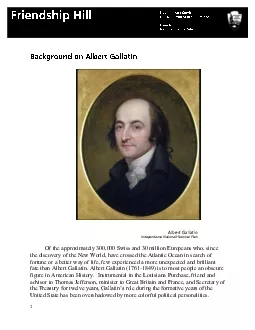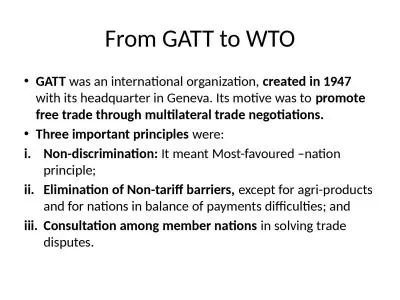PPT-Albert Gatt
Author : briana-ranney | Published Date : 2016-04-26
LIN3021 Formal Semantics Lecture 8 In this lecture Noun phrases as g eneralised quantifiers Part 1 A bit of motivation Not all NPs are referential Weve mainly considered
Presentation Embed Code
Download Presentation
Download Presentation The PPT/PDF document "Albert Gatt" is the property of its rightful owner. Permission is granted to download and print the materials on this website for personal, non-commercial use only, and to display it on your personal computer provided you do not modify the materials and that you retain all copyright notices contained in the materials. By downloading content from our website, you accept the terms of this agreement.
Albert Gatt: Transcript
Download Rules Of Document
"Albert Gatt"The content belongs to its owner. You may download and print it for personal use, without modification, and keep all copyright notices. By downloading, you agree to these terms.
Related Documents

